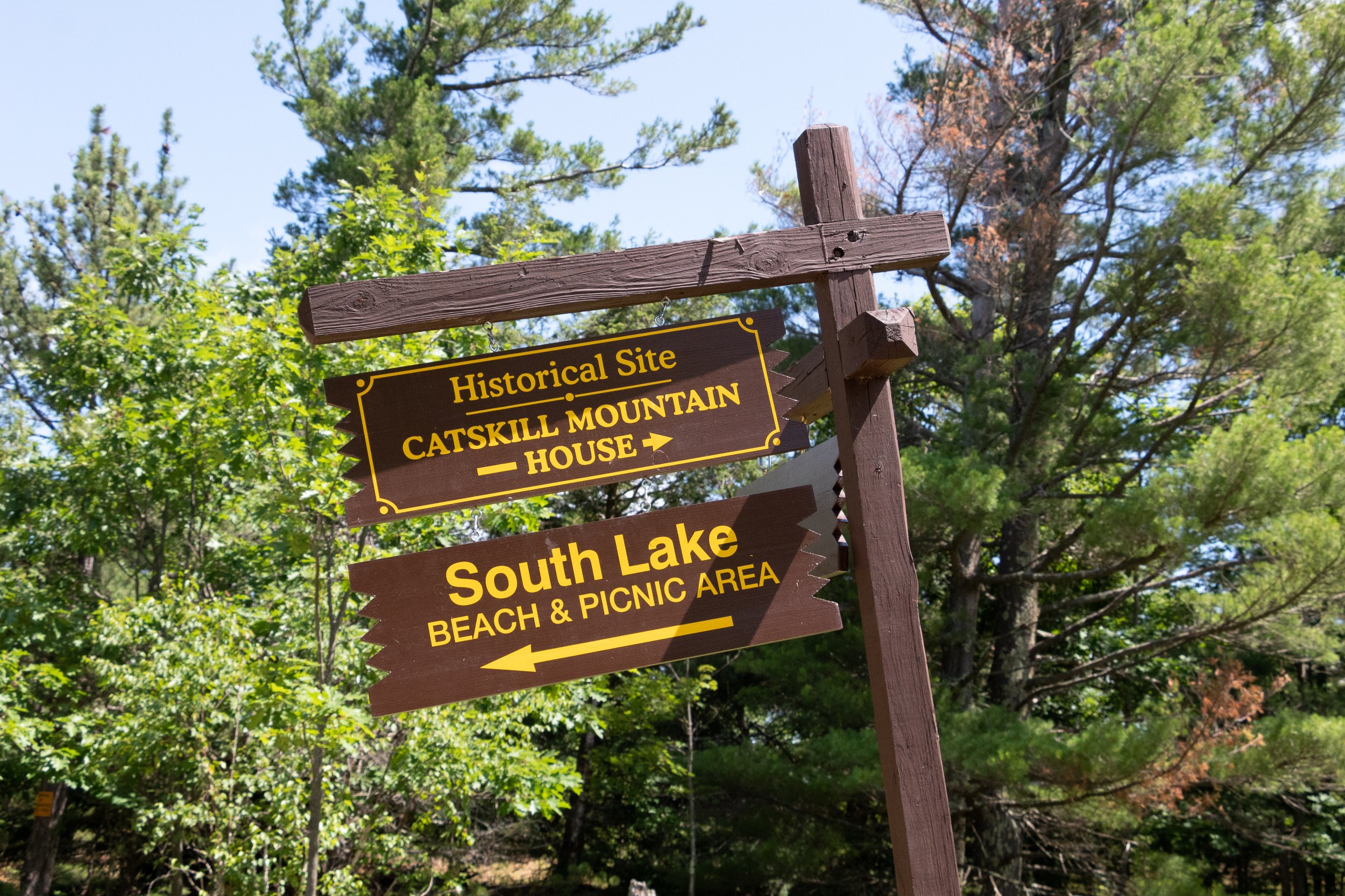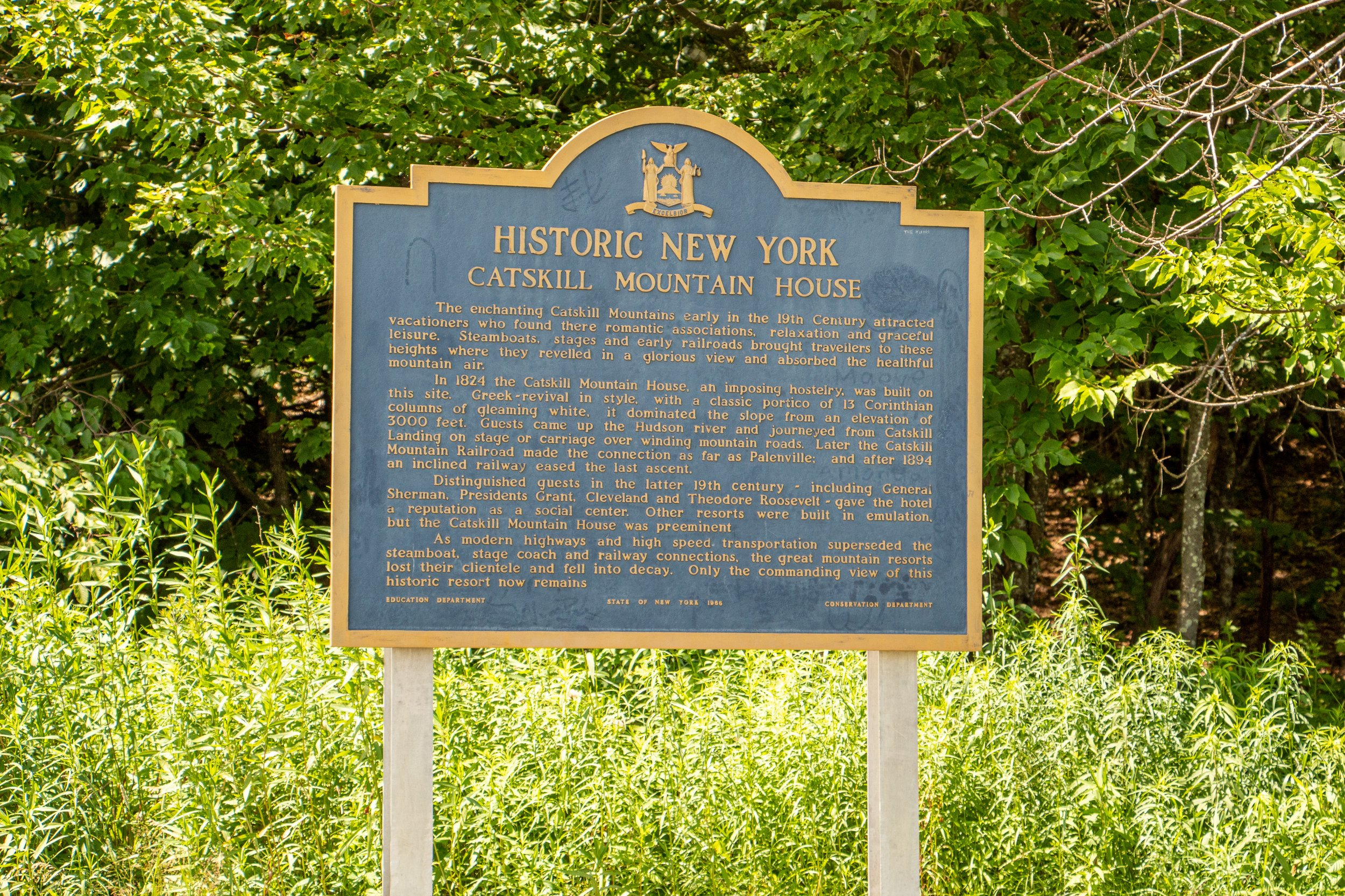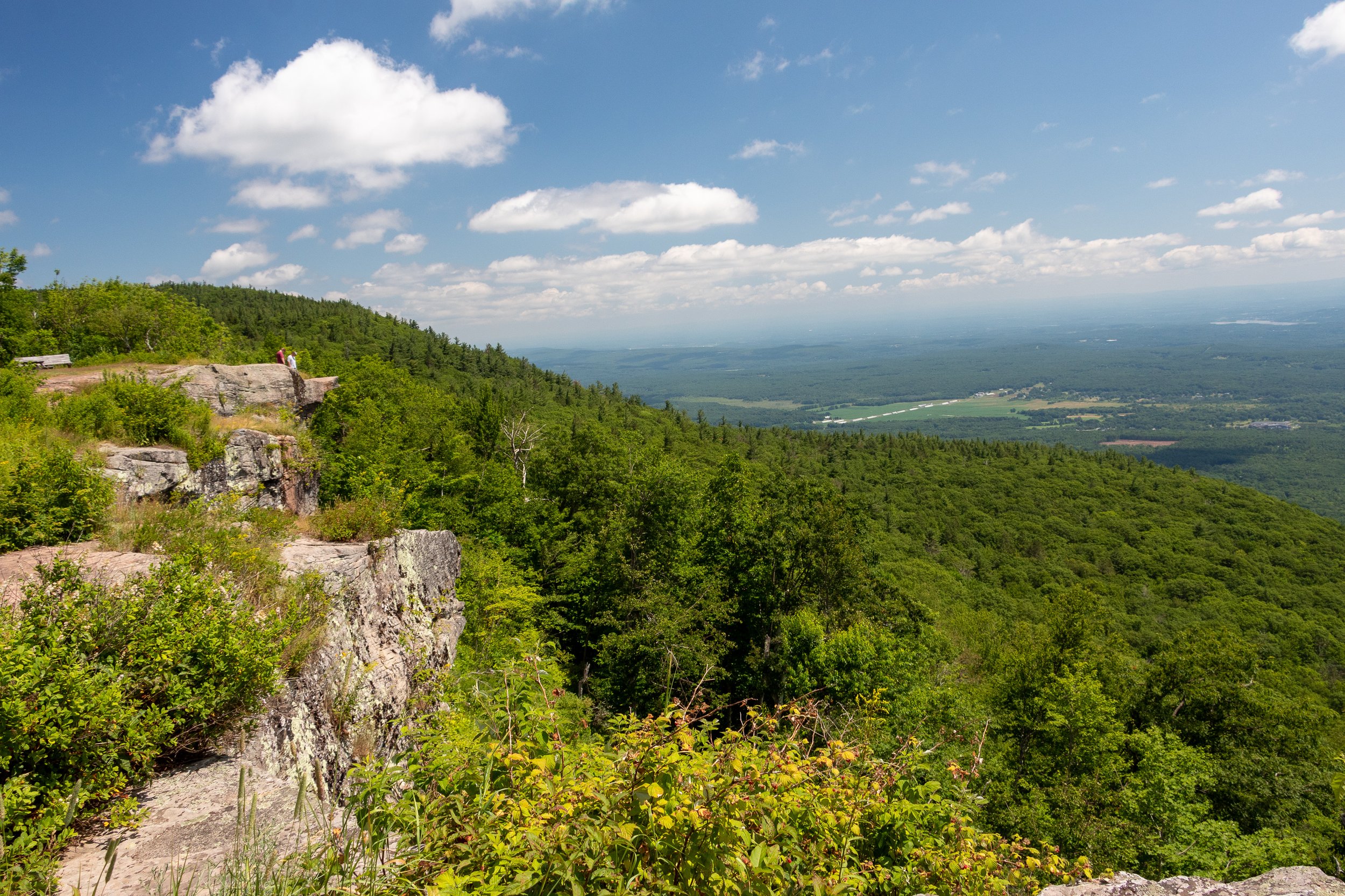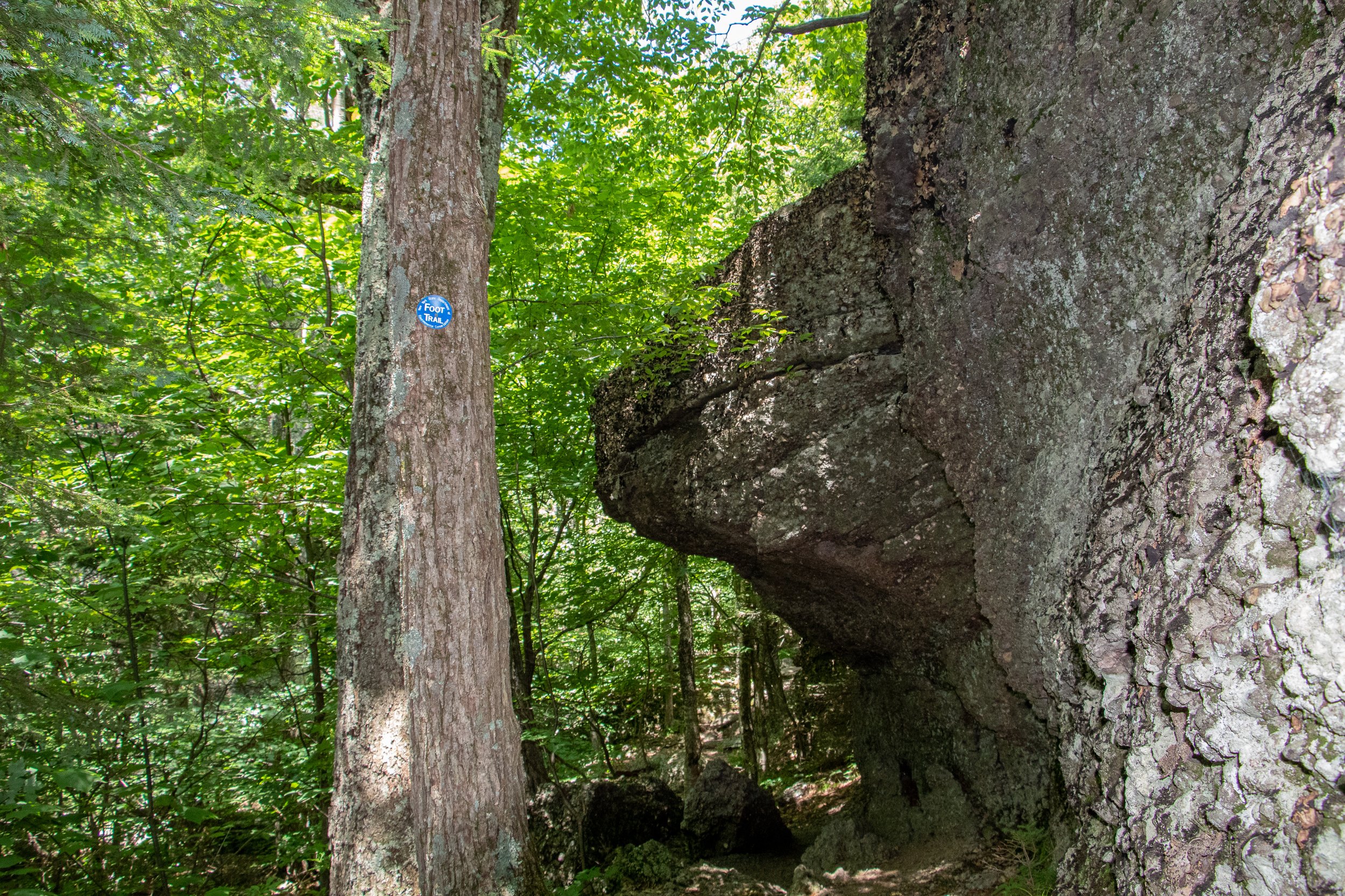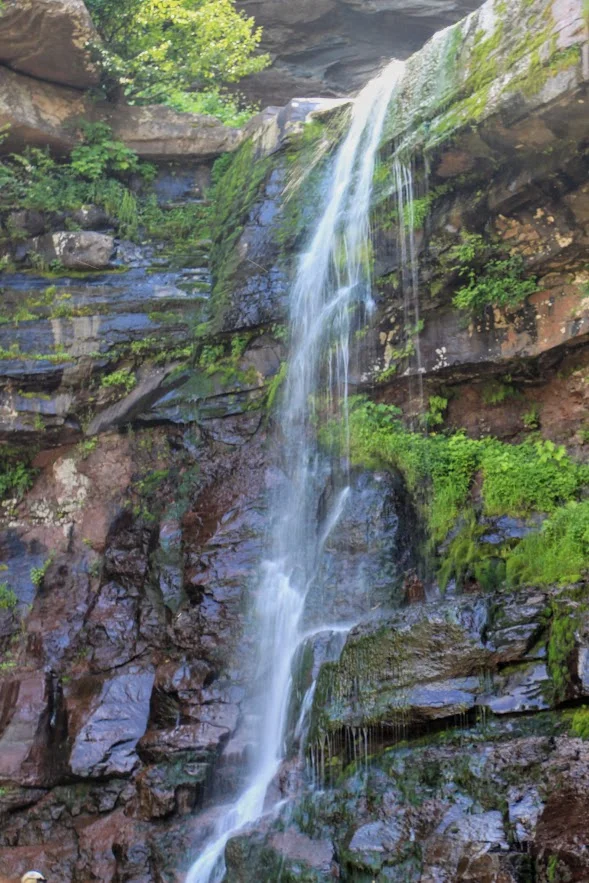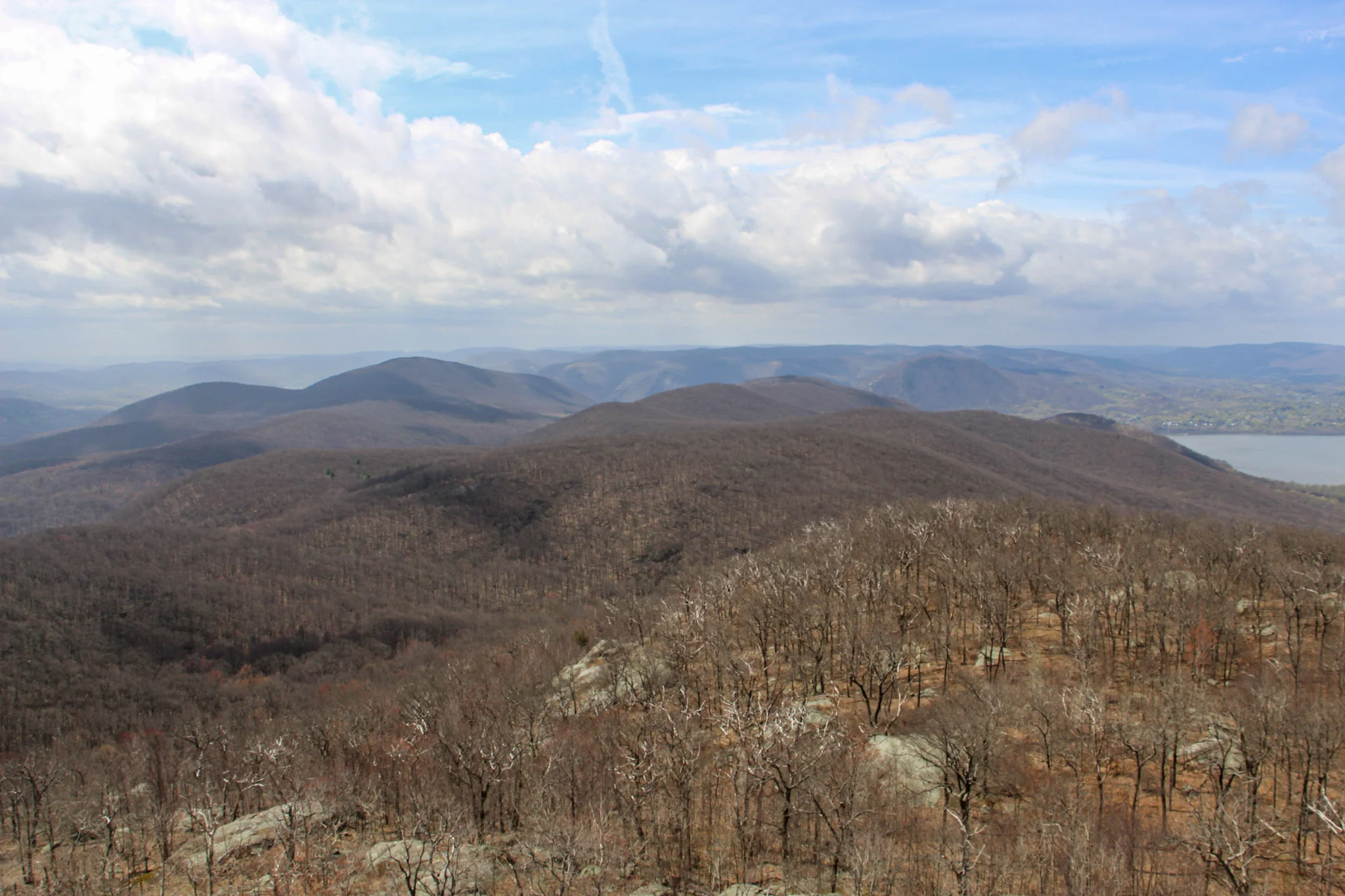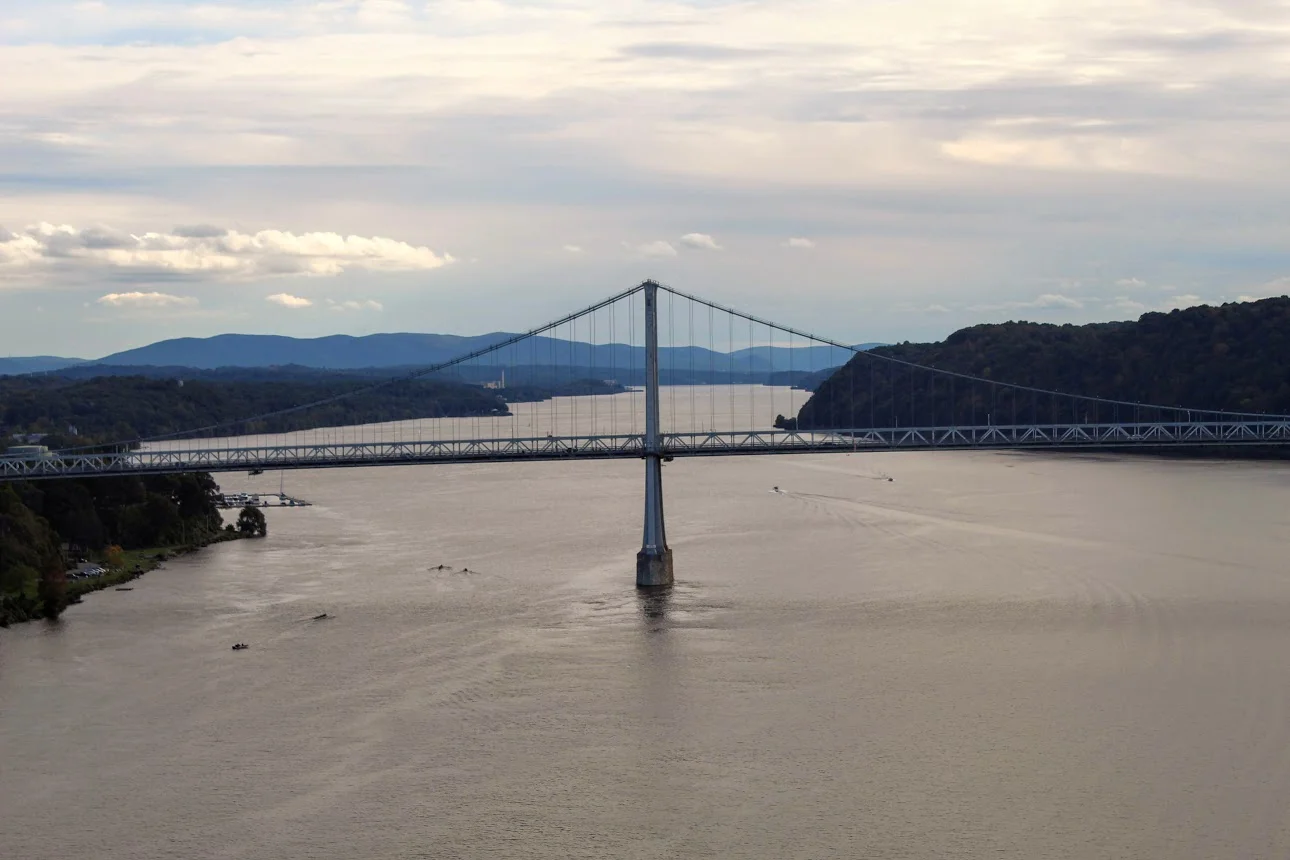Located in Southern Utah, Zion National Park is one of the most popular National Parks. It has been in the top 3 most visited parks in the US over the past few years and I do not see that changing. Zion is a smaller national park but packs a punch with numerous thrilling hikes and breathtaking views. Lots of easy to moderate day hikes mixed in with some overnight backpacking adventures. Zion is home to many iconic trails such as the Narrows and Angel’s Landing. You don’t even have to hike to see Zion’s beauty. Just driving through the park is amazing. There is really a lot to do in Zion and there is something for all park visitors.
However, like most National Parks, it takes a lot of planning and research to maximize your trip and enjoy all the park has to offer in the allotted time available. There’s a shuttle bus to consider, weather, river flow rates, permits and reservations. In this guide, I hope to provide you with all the best information to have an incredible trip in Zion National Park.
About Zion National Park
Zion National Park is located in Southern Utah with the closest airport approximately 2.5 hours away in Las Vegas. And, the next closest is 4.5 hours away in Salt Lake City. You can either do this as a standalone trip and or make it a road trip for more Utah national parks. My trip included Zion, Bryce Canyon, and Capital Reef from Las Vegas. You will need to rent a car from whichever airport you choose.
Travel Tip: Zion has limited parking. If you have an oversized vehicle, most parking lots are not accommodating. Parking in Springdale and hopping on their free shuttle or Zion Canyon Visitor Center would be my suggestion.
Zion National Park shuttle
The Zion Canyon Shuttle is in operation most of the year, typically mid-February/March to November. During the time frame, cars are not permitted to drive in the Park along the Zion Canyon Scenic Drive. Fortunately, the shuttle operated by the Park Service is free, fast, and easy. You do not need to reserve shuttle tickets. The shuttle drops off at all major trailheads in the park and operates 7 days a week beginning mid-March. For more info on the full schedule and hours of operation, check out Zion's website, https://www.nps.gov/zion/planyourvisit/zion-canyon-shuttle-system.htm.
The Park shuttle departs from the Visitors Center in short intervals. Just hop on and get off at your convenience. Make sure you know the correct shuttle stop for your hike. Lines start building up rather quickly mid-morning to board the shuttle. Sometimes over an hour wait during peak season and holiday weekends.
Travel Tip: Try to get in the shuttle line by 8-9am to avoid long waits for the shuttle, especially if you are doing the Narrows or Angels Landing hikes. Also, make sure to check when the last shuttle time for that before you hike. Shuttle start and end times vary depending on the season. Don’t miss the last shuttle. Or else it is another 4 mile walk to the Zion Lodge and then you need to figure out how to get back to the Visitor Center!
If there is no parking at the Visitors Center, there is a second shuttle system in town, the Springdale Shuttle. This connects the hotels in Springdale with the main entrance of Zion in the case there is no parking.
When to Visit Zion National Park
The best time to visit Zion National Park is in the Spring and Fall. The park’s mild weather is best for hiking. And, the crowds are not as bad. April/May and September/October would be ideal. Both times I went were in mid to late May, where the weather was great and crowds feasible for most of the park.
Summer is the peak visitation of the park where crowds can be excessive. Popular hikes can be unpleasant due to the amount of people on the trail. Also, temperatures can often reach over 100 degrees.
Zion National Park is open all year-round, which allows you to hike in the off-season. The park doesn’t see heavy snow in the winter, but it is not ideal conditions to hike the park due to some trails being icy and requiring traction equipment.
With that said, everyone goes to hike the Narrows. This requires more thought. The trail is typically closed in the March to May timeframe when water levels are high. The weather is cooler and the water is much colder. Same conditions apply for the fall. With that said, my last visit was in the middle of May with air temperatures mostly in the mid to high 80s. The water was cold, about 45-50 degrees,but it was not bad at all since the air temperature was so high. No issues with water levels but always check the weather and prepare to rearrange your trip if needed. Summer is a great time to hike the Narrows because the weather is excellent with high temperatures. The days are longer, shuttles run all the way to 9pm, and the water in the river is at its warmest. However, the monsoon season creates the highest risk of flash floods during this time. This can be done in the Winter but the temperatures, air & water, are much colder. The shuttle bus does not run often, only on certain days. And, snowfall can potentially close the trail.
Best Things to do in Zion National Park
Hike the Narrows
The Narrows leads you through Zion Canyon and the Virgin River with twists and turns through the stunning slot canyon less than 20 feet wide in some areas stretching 15 miles. The “trail” is one of the most popular in the park. There are 2 ways to do this hike, bottom up or top down. Bottom up starts at the Riverside Walk at the Temple of Sinawava trailhead. The hike will continue upstream and the farthest you can go without a permit is Big Springs. This is the route most hikers take. However, for a more adventurous thrill, you can hike the full Narrows top down and a permit will be required. This journey will be 16 miles long and could span over 2 days.
Travel Tip: Catch the Zion Shuttle early. Make sure you watch the weather and bring proper gear for this hike. Do your research!
For more detailed info, including the trail, equipment and more helpful tips, check out my full guide on hiking the Narrows, click here.
Hike Angels Landing
Angels Landing is the most popular hike in the park. Thousands of visitors each year, mostly in the summer, seek out this hike. The trailhead is The Grotto (stop #6 on the Zion Shuttle). This hike is strenuous coming at about 5.4 miles round trip. The elevation gain is 1500 feet. The popularity of the trail due to not only the picturesque view but the thrilling journey to the top. The hike consists of chain-assisted rock scrambling sections and uphill switchbacks. With the final climb scaling a narrow ridge high above the valley floor. This is not for the faint of heart. If you have a fear of heights, this one may not be for you. At the time of my visit, there were no permits and the trail was pretty packed where people were literally on top of each other so I chose to skip. I did not feel comfortable or compelled enough to attempt the\is hike with hikers on my heels the entire time. Since that time, permits are now required via a lottery system. Both seasonally and the day before your planned hike. It costs $6 to enter an application and if you are one of the lottery winners, you will pay $3 per person.
Hike to Observation Point
For some of the best views in the park, the entire hike to Observation Point is stunning. However, the hike is extremely challenging at 8 miles long and 2300 feet of climbing. The climb is steady until the final viewpoint. The trailhead is Weeping Rock (stop #7 on the Zion Shuttle).
More Hiking
Zion National Park is full of so many great hikes. Everyone focuses on the Narrows and Angels Landing but there are others that offer a great hike and amazing views. The hike we were suggested to do by the ranger was The Watchman Trail. I don’t see too much mention of this hike on other guides and I don’t understand why. I felt every bit like I was immersed into Zion as the others do. The trail starts at the Visitor center and slowly climbs with switchbacks and moderate inclines. The total round trip is 3.3 miles. There is a small ¼ mile loop at the end of top of the one way that takes right under the Watchman.
If you have read my guides before, I like to get the best bang for my buck sometimes hiking. They don’t all need to be 8 milers to get the wow effect. The Canyon Overlook Trail is a 1 mile out and back that offers one of the best views in Zion. This trailhead is located on the opposite side of Zion Mt. Carmel Tunnel on Highway 9. You will need a car as the shuttles do not run on this side of the park. This trail starts with climbing a series of steps before walking beside the steep drop-offs of the Pine Creek slot canyon. Eventually, this will lead you to the amazing view at the summit.
Travel tip: Go early or go later in the day for the Canyon Overlook Trail. There is not a lot of parking here.
Looking for something less intense, flat, and has views, the Pa’Rus Trail is for you. The paved trail connects the Zion Canyon Visitor Center and Canyon Junction. The trailhead starts near the Watchman Campground and follows the river for just under 2 miles and ends at the Canyon Junction tram stop. It is accessible for wheelchairs, pets on leashes, and bicycles. The trail crosses the river a few times and wanders through the marvelous landscape of Zion Canyon. This trail should not be overlooked.
Other hiking options include Emerald Pools, Weeping Rock, Riverside Walk, Hidden Canyon, West Rim Trail (full day hike), and The Subway (permit required). As always, check Zion’s website for any closures before planning your trip.
Drive the Zion-Mount Carmel Highway
From the Canyon Junction to the East Entrance, this winding scenic drive is amazing. Along the switchbacks between Canyon Junction and the tunnel you have great views of Zion National Park and ample opportunities to pull over for impressive views. There is a $15 fee for oversized vehicles to drive through the tunnel. An oversized vehicle is any vehicle that is 11 feet 4 inches or higher and 7 feet 10 inches wide or wider. If your vehicle is taller than 13 feet 1 inch you cannot pass through the tunnel.
Explore Kolob Canyons
Kolob Canyons is the less visited area of the park in a smaller section that sits to the north of Zion Canyon Scenic Drive. There is another visitor center here and there are a few hiking trails.
Other activities include horseback riding, canyoneering, biking down Zion Canyon, and a jeep tour.
Where to Stay
There is only one lodging option to stay inside Zion National Park, that is Zion Lodge. This includes cabins, hotel rooms, and suites, plus an on-site restaurant and cafe. Also, the shuttle services the lodges multiple times a day. If you are looking to stay here, this will need to be booked far in advance. Reservations open up 12 months or more in advance! In addition, guests of Zion Lodge are allowed to drive their car through the park to reach the lodge, unlike the other visitors at Zion.
The more common choice is to stay in Springdale, which is outside of the park’s Southern entrance. Springdale offers a wide range of lodging, from motels to luxury resort-style rooms. The small town is very welcoming for all the tourists and has a lively scene including many restaurants, breweries, and bars. In my opinion, it is one of the best National Park towns. Due to the proximity of the park, rooms fill up rather quickly. I would book as far in advance as possible. For more affordable options, the Driftwood Lodge is a great option. If you want more luxury, the Cliffrose Lodge and Cable Mountain Lodge are walking distance to the park’s entrance. My last stay was at Cable Mountain Lodge so I can speak to that personally. It was amazing, super convenient, and had nice views. It was cool to enjoy the pool at night under the red rocks. It was a little more pricey than most but we walked to the entrance most days (5 minute walk) and did not have to worry about parking. You will still need a car to explore other areas of the park/hikes, but not always. Also, the lot across the hotel had a grocery store, brewery, and Zion Narrow rentals. All things of need!
If you like to camp, I may not be the guy but here’s some brief info. Zion National Park has 3 in-park campgrounds: Lava Point, South, and Watchman. The South And Watchman campgrounds are less than 1/2 a mile from the Visitors Center at the entrance of the park. Hence, the most popular. Sites are $20 for tent camping or $30 for a site with an electric hookup. All sites have picnic tables, a fire pit, and access to potable water, bathrooms, and trash containers. No showers are available at the campsites. The Watchman campground has 190 campsites and reservations open 6 months in advance. South Campground offers 117 campsites and reservations open 14 days in advance. Both reservations can be made at https://www.recreation.gov/camping/gateways/2994, or calling the reservation line at 877-444-6777. Lava Point Campground is typically open May through September, weather permitting. This campground is located in the Kolob Canyons part of the park, roughly 1.5 hours away from the main visitor center. There are 6 primitive campsites available to reserve. For more info on all camping, Zion’s website is very helpful and detailed and up to date on closings, https://www.nps.gov/zion/planyourvisit/campgrounds-in-zion.htm.
Where to Eat
After adventuring and hiking all day, this guy needs a good meal. Sometimes it is hard to find when visiting a National Park. However, Springdale offers many options and varieties for restaurants. And, I would venture to say some of the best food spots near a National Park. Depending where you stay on the lodging strip, you could walk or it is a very short drive generally. There is a Thai restaurant near the South Entrance called Thai Sipa, which is pretty good. After some early hiking and needing a late lunch, we went to MeMe’s Cafe. This is a quaint cafe offering options such as burgers, bbq sandwiches, & crepes for breakfast. I recall having a pulled pork sandwich with a slice of pineapple, cheddar cheese, and teriyaki sauce. It was called MeMe’s Hawaiian Sandwich. My favorite spot was Whiptail Grill. This is a Mexican cantina that is very unassuming as this is a converted gas station. I had my favorite meal here. The Whiptail Burrito was one of my favorite burritos I have had. In addition, the Southwest Taco Salad is insanely good. The salad is served in a grilled flour tortilla with mixed greens, black beans, and rice. Topped with house-made vinaigrette, pico, queso fresco and crispy tortilla strips. Highly recommend it.
If you are a coffee fanatic, coffee shops are all over. If you are looking for some baked goods or ice cream, they have it. There is something for everyone, which is rare for a town next to a National Park. Other good options to dine include: Oscar’s Cafe, Kings Landing Bistro, Spotted Dog, Park House Cafe, Zion Canyon Brew Pub, Bit & Spur, Zion Pizza and Noodle Co., and Switchback Grille.
HIKING FOR DONUTS
Hi, I’m Mark. I live in Connecticut. I take new trips every chance I get. A good trip has a great hike, great food, and something fun to do. My goal is to search out new trips and share them to inspire others to try something new and exciting.
If you are looking for posts in a particular place, search City or State here.
SEE OTHER POSTS IN ARCHIVE
RECOMMENDED POSTS
RECENT POSTS
See the latest on Instagram and follow @HIKINGFORDONUTS

























